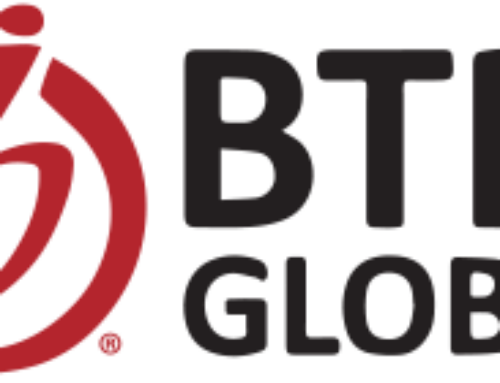How Professional Services Firms can Optimize Resource Management
Tom Schoen, CEO
At a professional services organization, resource management is the core of the business: getting the right people, with the right skills, on the right projects for the right amount of time.
Some firms approach resource management as an art, but the most successful ones also rely on science.
It’s a difficult science to master. In fact, seven of the top 10 business challenges noted in TSIA’s State of Professional Services Report are linked to resource management.
Improving resource and project management
The COVID pandemic changed many industries, and professional services is no exception. Firms took a new look at how they managed projects and people. Maybe forecasting had to be improved. Or they realized that using spreadsheets for project management isn’t scalable.
A robust, intuitive resource and project management solution puts the science into the management of your business. It optimizes the people and operations of your work, as well as help you plan more accurately for the future.
Forecasting with a resource management system
Forecasting is one of the hardest things to do in a professional services organization. Should you grow your staff first and find work later? Or vice versa?
A resource management system’s forecasting features are a core capability that let you accurately forecast revenue, costs and resources. Data should be easily entered and accessible, allowing you to turn the information into an action plan. If data is easy to enter, user adoption will be much higher; you’ll have good data going in and more accurate forecasts coming out. That’s essential for getting a realistic view into your future needs and proactive planning.
Turning data into action
The system isn’t worth anything if it can’t take the inputted data and give you real-time views and reports. That starts with good integrations: Connecting a resource/project management system to your financial system, CRM and other systems will let your build services-specific integrations, automate workflows and establish consistency, reliability and reduce latency.
When integrated, a nimble resource management system allows you to slice and dice data according to business processes: Compare forecasts to actuals; show which skillsets and how many people you need for upcoming projects; forecast billable hours, and more – all within a single system that gives you one version of the truth.
Here at BTM, we struggled with our old resource management software’s reporting functionality, which was extremely time consuming and didn’t give us the data we needed. Our new system allows us to enter data quickly and get real-time visibility into projects. In addition, we can run tailored reports to get ad-hoc views. What used to take us hours to do now takes us minutes.
Saving time
I know a lot of software systems claim to save time, but a good resource/project management system built for a services organization will deliver on that promise.
I’ve seen it happen at BTM. Our project managers can easily change project details and data in a few minutes. They quickly adopted the resource management system because it was easy and intuitive to use. Very little training was required, and they saved a lot of time in their work. In some cases, requesting approval from another PM for a resource change takes longer than the data entry!
There’s no time like the present
Implementing a resource/project management solution isn’t a disruptive change. It typically has a simple implementation process and integrates easily with other enterprise systems. If it’s user friendly, then employee training will be a breeze.
Innovation is about doing something different and better. Using more science in your people and project management can transform how you run your business, and have big results.









